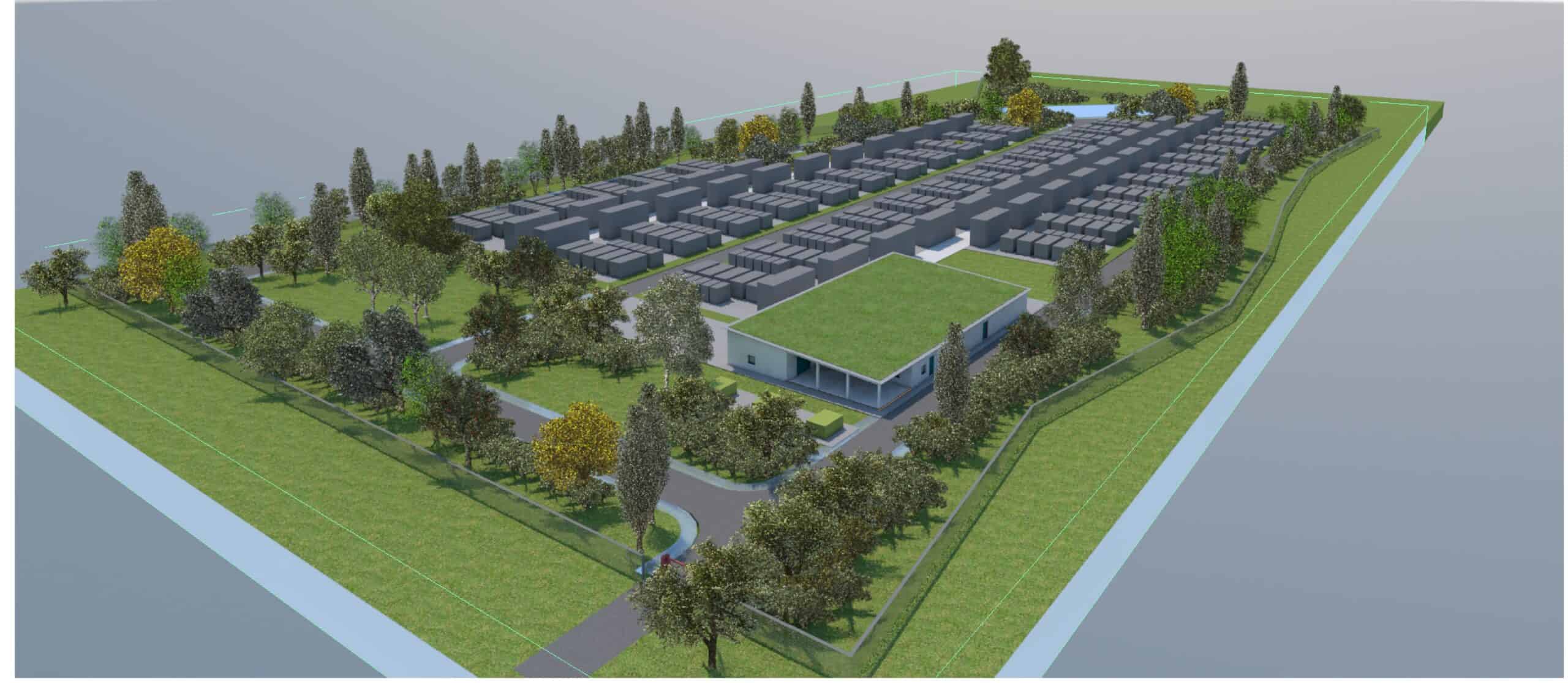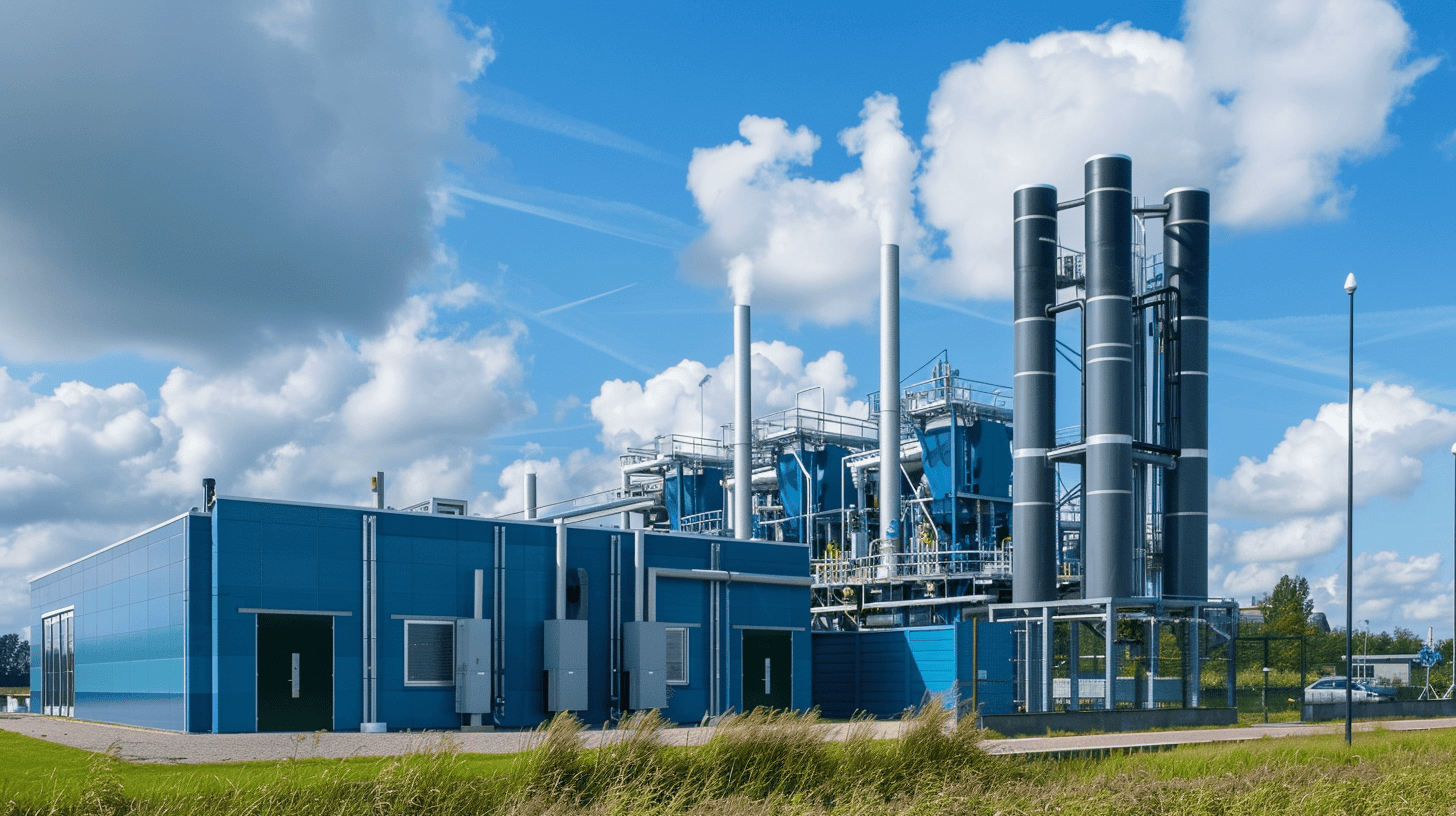
Dozens of containers packed with lithium-ion batteries on a site measuring 4.5 soccer fields. The municipality of Kupferzell in south Germany’s Baden-Württemberg will have what is so far the largest energy reserve in the world by 2025. This has been announced by TransnetBW and Fluence Energy. All of the batteries combined will have a capacity of 250 megawatts. The project will play an important role in the energy transition and in optimizing Germany’s power consumption.
Too much green electricity goes to waste
Most people will be aware of the problem that, with some regularity, so much green electricity is generated that the existing power grid is incapable of coping with it. Wind turbines or solar panels then have to be shut down or disconnected from the grid as a matter of necessity in order to prevent any disruptions.
On the other hand, there are periodically days when there is a shortage of green energy. Those are the days when coal or gas power plants have to pitch in.
However, these can take hours to ramp up. At that point, the “Netzbooster project” in Kupferzell steps in with its green electricity that is stored there

TransnetBW is in charge of the project. TransnetBW is one of the four major operators of the German power grid and a subsidiary of the EnBW energy company.
Fluence is going to build the Netzbooster. According to the American-German company – which is a subsidiary of Siemens and American AES – the emergency generator can be turned on and off within milliseconds. That, according to TransnetBW, ensures additional safety as well as lower costs and higher revenues.
Pushes prices down
This is because green energy is used more efficiently and fewer other (expensive) external reserve capacities are needed then. In Germany, this concerns a potential gain of billions of euros (minus what are known as ‘redispatch costs’ ) that largely stand to benefit consumers.
“We are really happy to have been able to bring aboard the market leader in energy storage,” said Werner Götz, chair of TransnetBW board.
Fluence is no newcomer in the field of energy storage. It has already carried out 205 such projects in all so far.

Tennet
As it happens, 250 megawatts is not nearly enough to solve all the problems. Many more regional energy supplies will have to be established. These will not necessarily need to involve batteries.
Not only that, but green energy in Germany is mainly produced in the north, while most industry is located in the south. That means power grids must be improved if the energy transition is to succeed.
TransnetBW is not the only player working on its own energy reserves. Dutch company Tennet is also working on this, by building similar projects in Ottenhofen (near Munich) and one near Kiel in the north. The other two German “Netzbetreiber” (grid operators) are 50 Hertz and Amprion.
Dutch energy supplier Eneco recently commissioned the Netherlands’ largest battery to date in the Dutch city of Lelystad. The so-called ‘Buffalo’ from Giga Storage has an output of 25MW and a capacity of 48MWh. It is the second battery from the Giga company to be put into operation. The first, the Giga Rhino, has an output of 12MW and a capacity of 7.5MWh. It has been in operation since 2020 and is also located in Lelystad.








